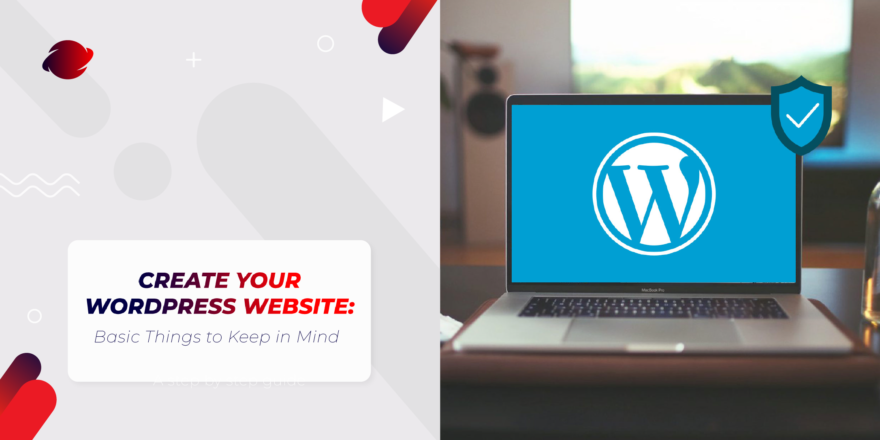Lately, with the increasing use of E-commerce and digital marketing, you must have heard a lot of talk about SEO strategies, SEO writing, content, etc. But do you know what the term refers to? Let’s see it in detail.
An introduction to the term
First of all: what does SEO stand for? They are the initials of Search Engine Optimization, creating good strategies to improve a website’s chances of appearing in search engines such as Google, Bing and Yahoo!
A SEO Strategy, therefore, refers to improving a website’s content and design and monitoring its metrics to increase its probability of appearing in search results, maximizing the opportunity to gain organic traffic and more visibility for your website in these search engines.
What is the purpose of using SEO Strategies?
A SEO strategy is essential for your business’s website because it can help you focus on what should be the best content for you to use. So, instead of just writing about what you consider people are looking for, if you follow a strategy, you’ll have more possibilities to create content that talks about what people are searching for.
The best way of doing this is to search for the keywords that can be applied to your brand and use them to organize the content into topics and paragraphs. Implementing this may allow search engine bots to index your site according to your area of authority and rank your site pages in a better way.
Types of SEO you should focus on
- On-page SEO: Refers to the content that is “on-site” pages and the optimization needed to boost the website’s ranking according to specific keywords.
- Off-page SEO: Refers to the number of backlinks that your site has from other sources that can help your website to increase trust with search algorithms.
- Technical SEO: it has to do with all the backend architecture of the website, just as its site code.
7 SEO Strategies you can apply to your website
So, after learning about what SEO is and how much it can help your brand’s website to be known by your potential clients, we’ll tell you some basic strategies you can use to boost your site correctly.
1. Know about who your target audience is:
Learning about who you will address is crucial to any marketing strategy. In this case, it is vital because attracting the wrong people to your web could be counterproductive: they probably won’t be interested in what you offer. That’s why you should focus on your target audience’s demographics and necessities to make content that can talk directly to them.
2. Keywords research:
This refers to using the kind of words that your target audience could write to find your content on search engines. Adding these keywords to your content will let the algorithm know the topics of your products or services and help anyone looking for that kind of topic to find your website more efficiently. This will also help you to rank in the higher places of the search engines. But, be careful not to use too many keywords; otherwise, people may have difficulties reading the rest of the content.
3. Optimize your website’s design:
Make the design and structure of your website easier to read and navigate. If your readers can’t understand it quickly and need a lot of time to get the information they are looking for, they will leave and never return. The same will happen with search engine spiders: they won’t be able to know enough about your website and won’t rank it appropriately. Also, it would help if you used a simple and easy-to-remember URL, so your website will be easier to find.
4. Be creative with your content:
As well as the design, the content is a fundamental part of a website. So, make sure you publish high-quality content that your audience will find valuable and exciting. You should include answers to their possible questions and doubts, attractive titles and headlines, and information that can be interesting to them. Also, you should be able to give your writing text an easy-to-read structure: you can add bullets, emojis, subtitles, and anything that can help your readers to go straight to the kind of information they are looking for.
5. Use links as a tool
Links can be handy to send traffic to your website from other sites or social media accounts. Not just will your audience be able to discover about your web, but also, the search engines tend to rank a site higher when its links have a lot of clicks and have implanted from other websites. Collaborating with other website owners is a valuable strategy to boost website traffic. The higher these other websites are ranked, the better it will be for yours because it’ll give you more credibility.
6. Social Media:
Another helpful strategy to send traffic to your website is using social media accounts. Whether they belong to your brand, other users, or even influencers, using links or mentioning your site can help new users and potential clients know more about what you can offer them. Using CTAs to send them to learn more about your products and services on your website is also an excellent tool for your social media posts, stories, or videos.
7. Monitor your metrics and analyze them:
Don’t forget to regularly analyze the metrics of your website and your social media. This way, you can make sure the rest of the strategies, as well as the content, site structure, and design you are using, are working correctly. For this, you can use the metrics tools each social media and website has, in which you can learn the number of visitors you have, the number of clicks, the places from where they are reading you, and a lot more information.
Now that you know a little bit more about SEO strategy, you can start creating the ones that best suit your brand’s website.





